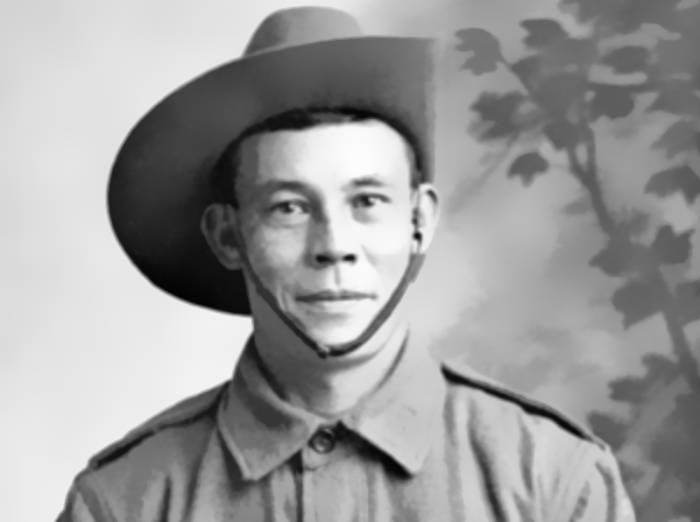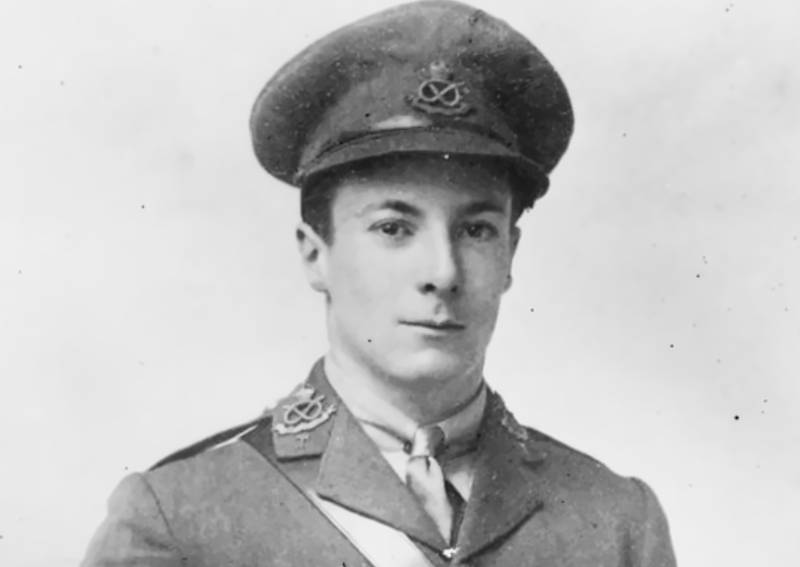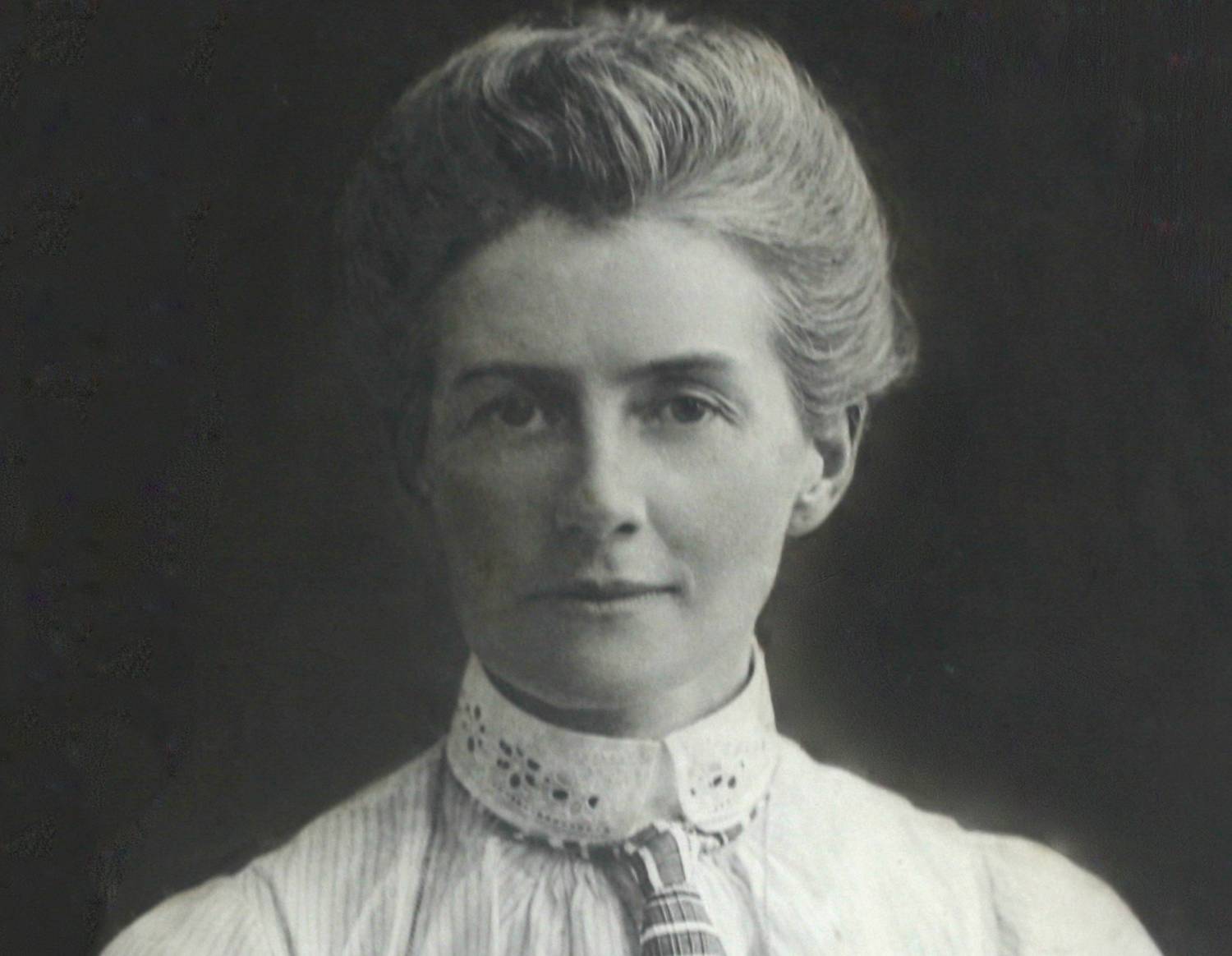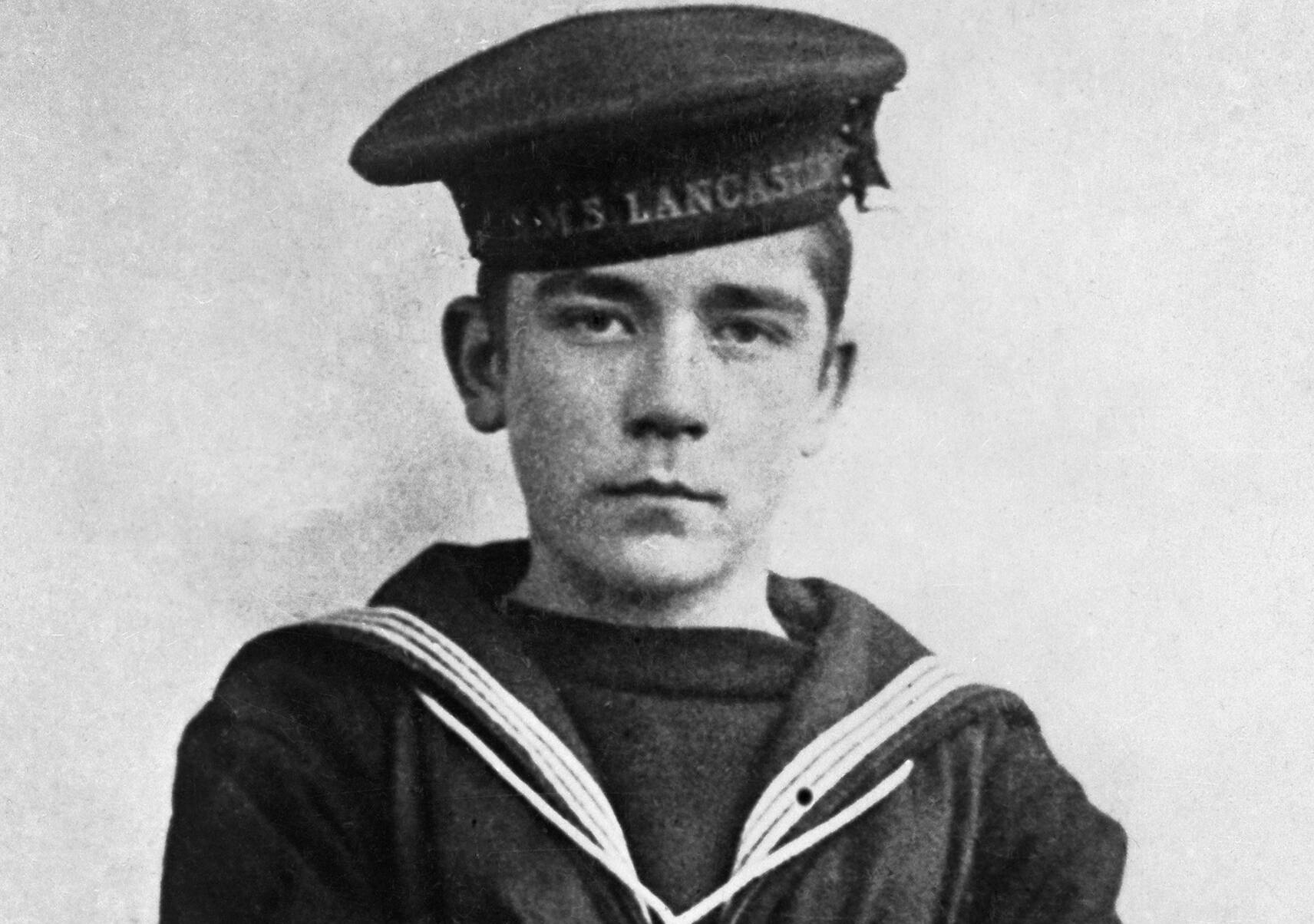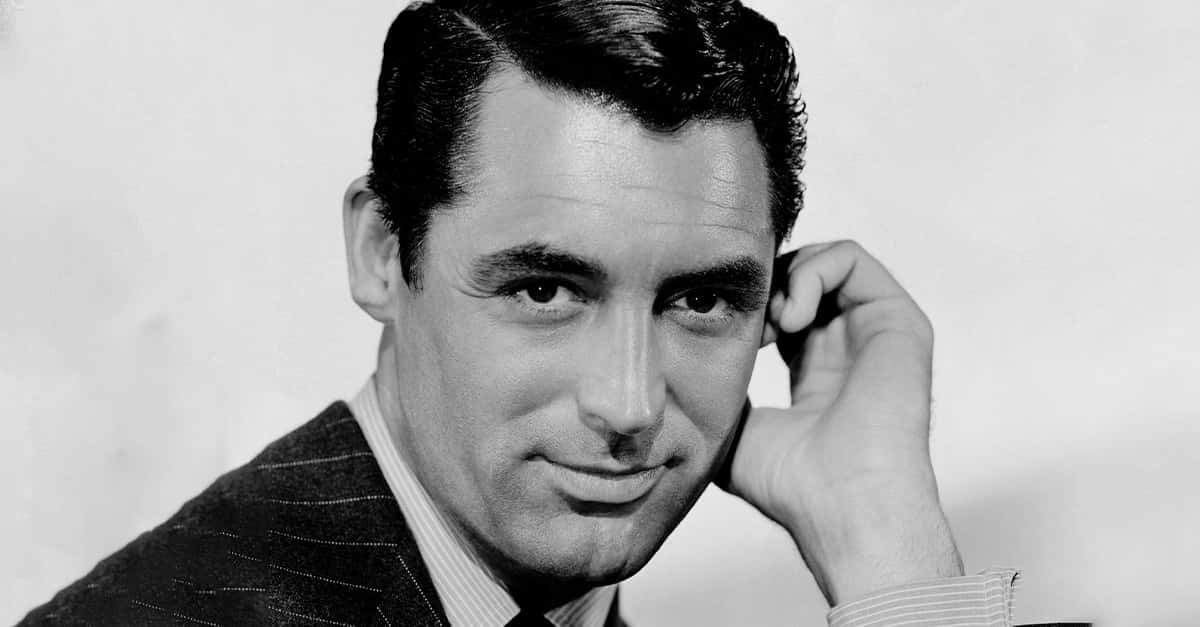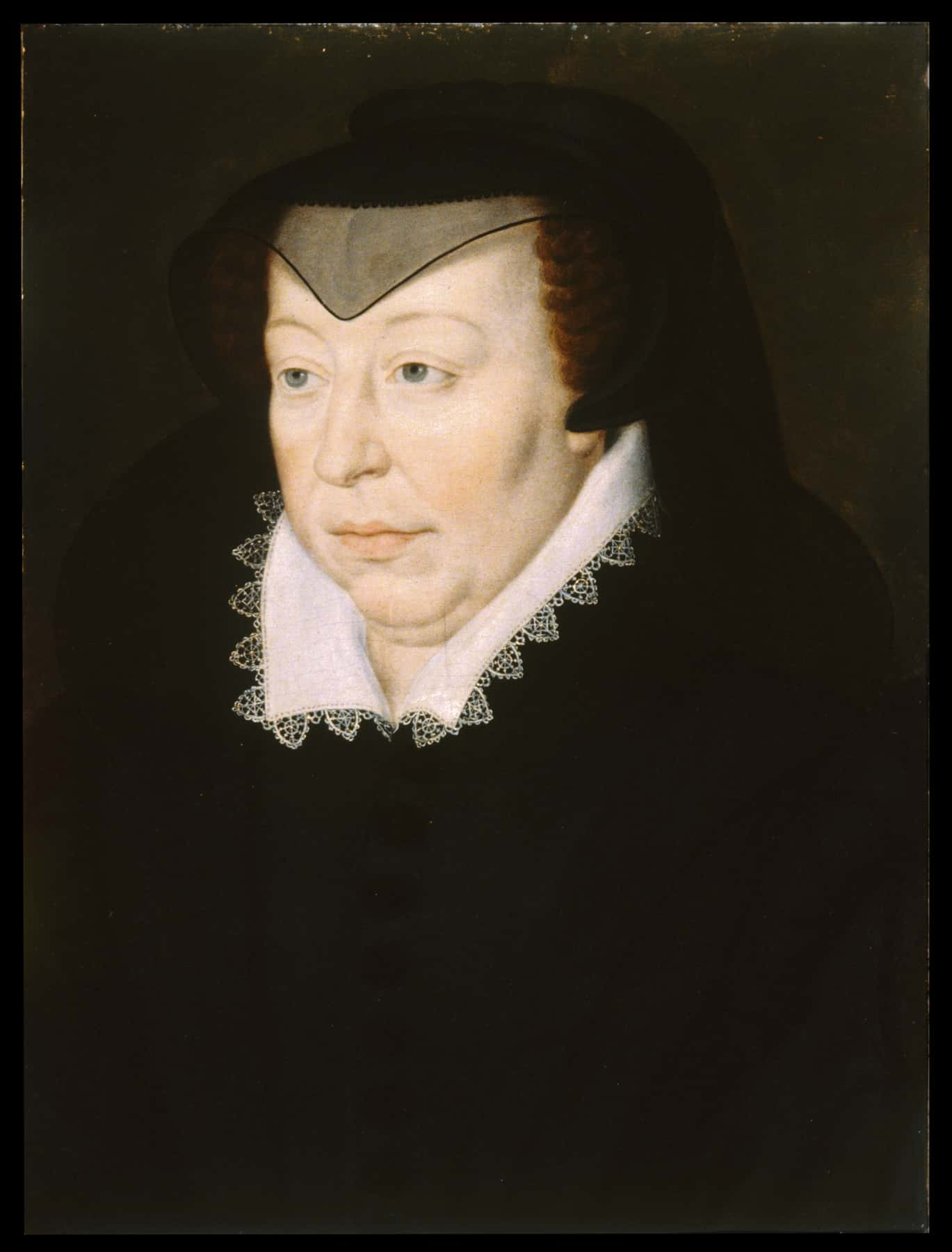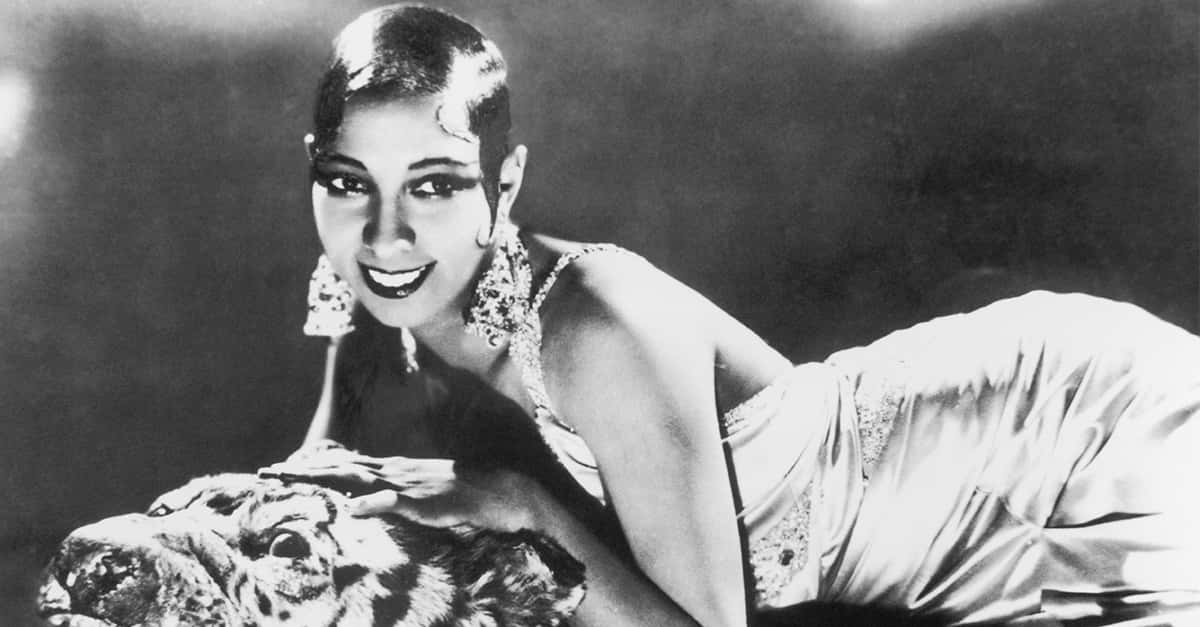The Men And Women Who Saved The World
Although WWI ended over 100 years ago, it continues to define history in many ways. Each generation that has followed has learned of it; here are some of the heroes from the conflict.
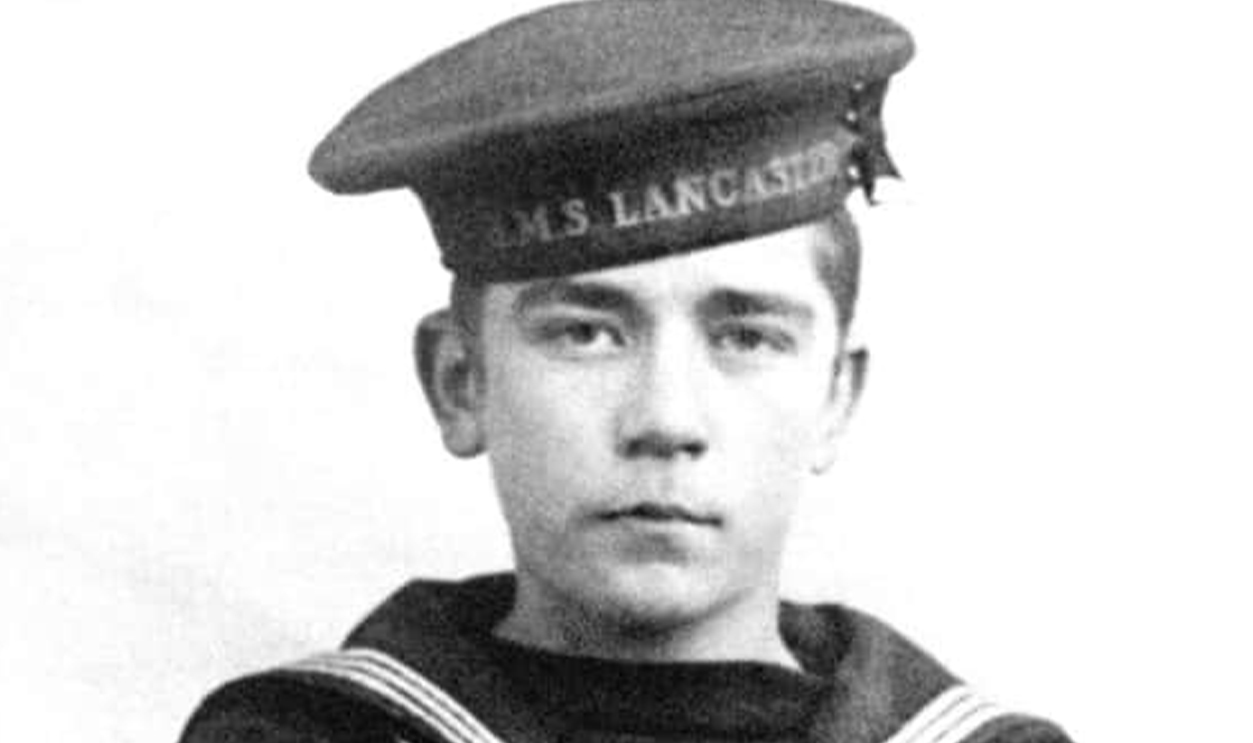
Alvin York
Alvin York has been painted as the quintessential American. His mountain upbringing served him well regarding the European fronts of WWI.
 Copyright Underwood & Underwood, Wikimedia Commons
Copyright Underwood & Underwood, Wikimedia Commons
Alvin York
Despite not initially wishing to participate in the conflict, Sergeant Alvin York became one of America’s heroes. He took on a nest of Germans almost single-handedly and earned the Medal of Honor for it.
 Pfc. F.C. Phillips, Wikimedia Commons
Pfc. F.C. Phillips, Wikimedia Commons
Billy Sing
Private Billy Sing was an Australian marksman who had great success at the Battle of Gallipoli. He is recorded as having successfully taken down at least 150 Turkish forces.
Elizabeth Knocker & Mairi Chisholm
Elizabeth Knocker and Mairi Chisholm did not wait to be given orders. They set up a First Aid Post near the Belgian front, saving lives at the risk of their own.
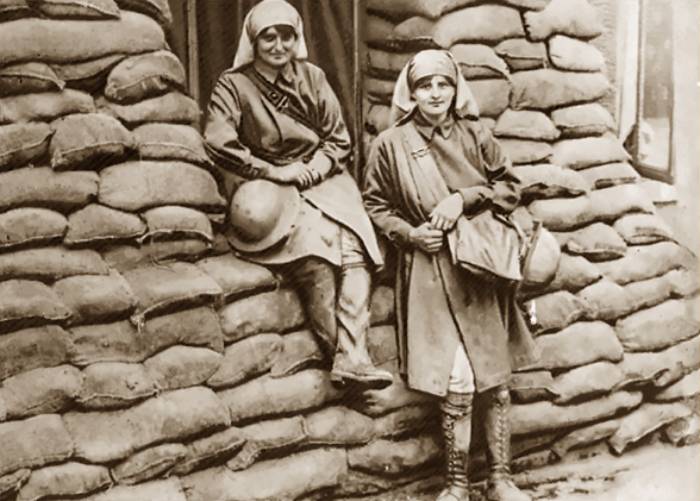 The Illustrated War News, Wikimedia Commons
The Illustrated War News, Wikimedia Commons
Sgt Robert Spall
Sergeant Robert Spall received the Victoria Cross. He earned it by defending his platoon against enemy fire, despite isolation and presumed failure.
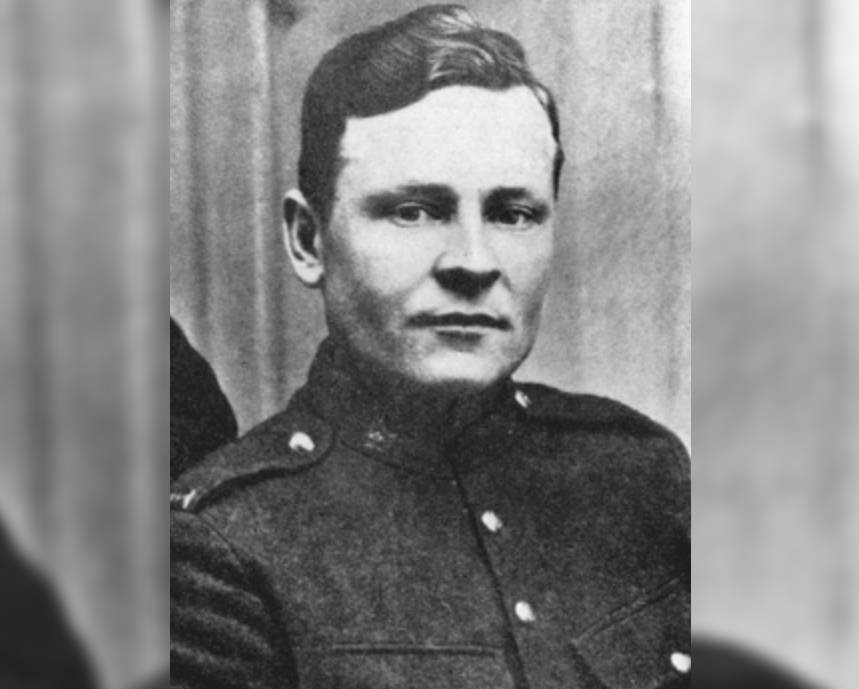 Unknown Author, Wikimedia Commons
Unknown Author, Wikimedia Commons
Frank Luke
Frank Luke was cocky and reckless. He wasn’t liked by his fellow piolets. He was also one of the best. Few could beat him when it came to downing German reconnaissance balloons. However, his attitude got in the way.
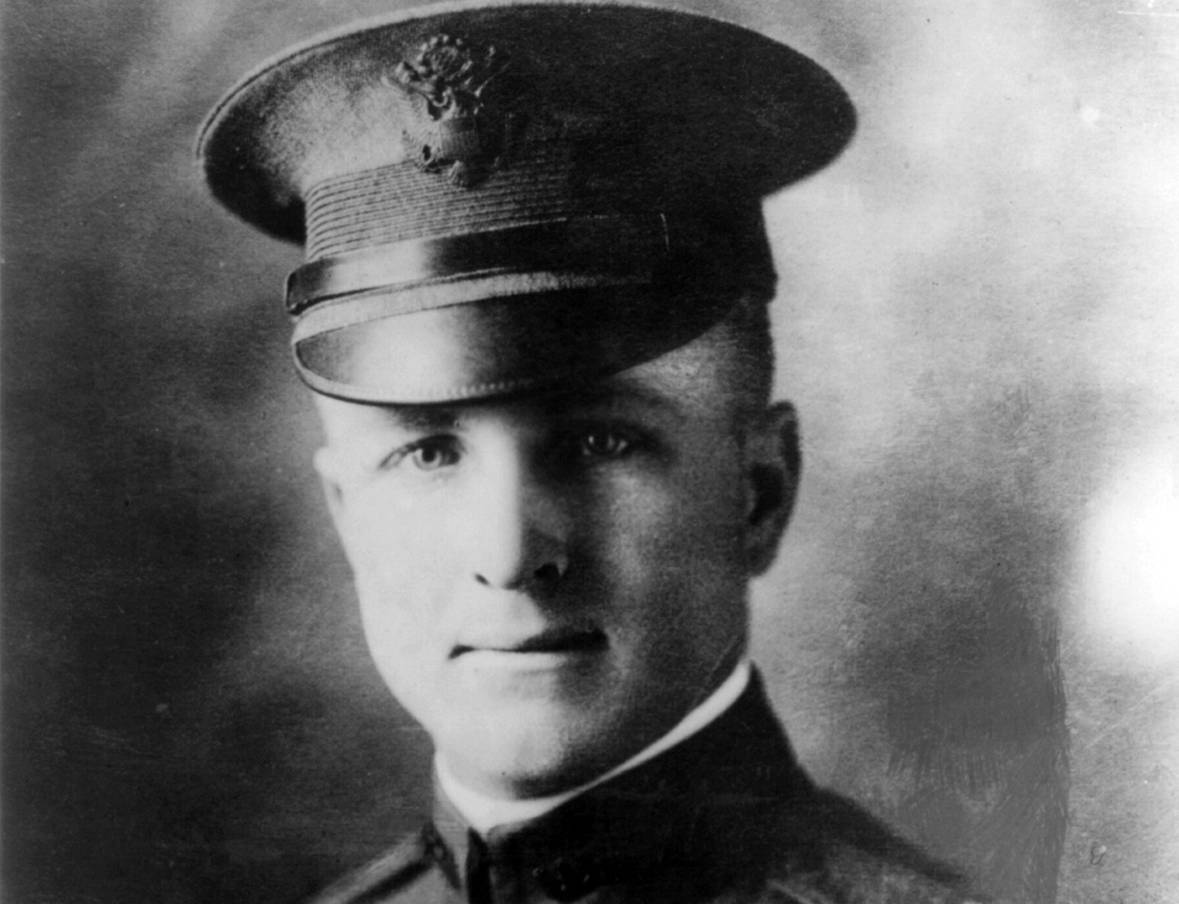 U.S. Army Air Corps, Wikimedia Commons
U.S. Army Air Corps, Wikimedia Commons
Frank Luke
Luke did not respect the authority of his commanders. He ignored orders. On September 29, he ignored a grounding he got and took to the air anyway; he was mortally wounded during this mission and did not survive.
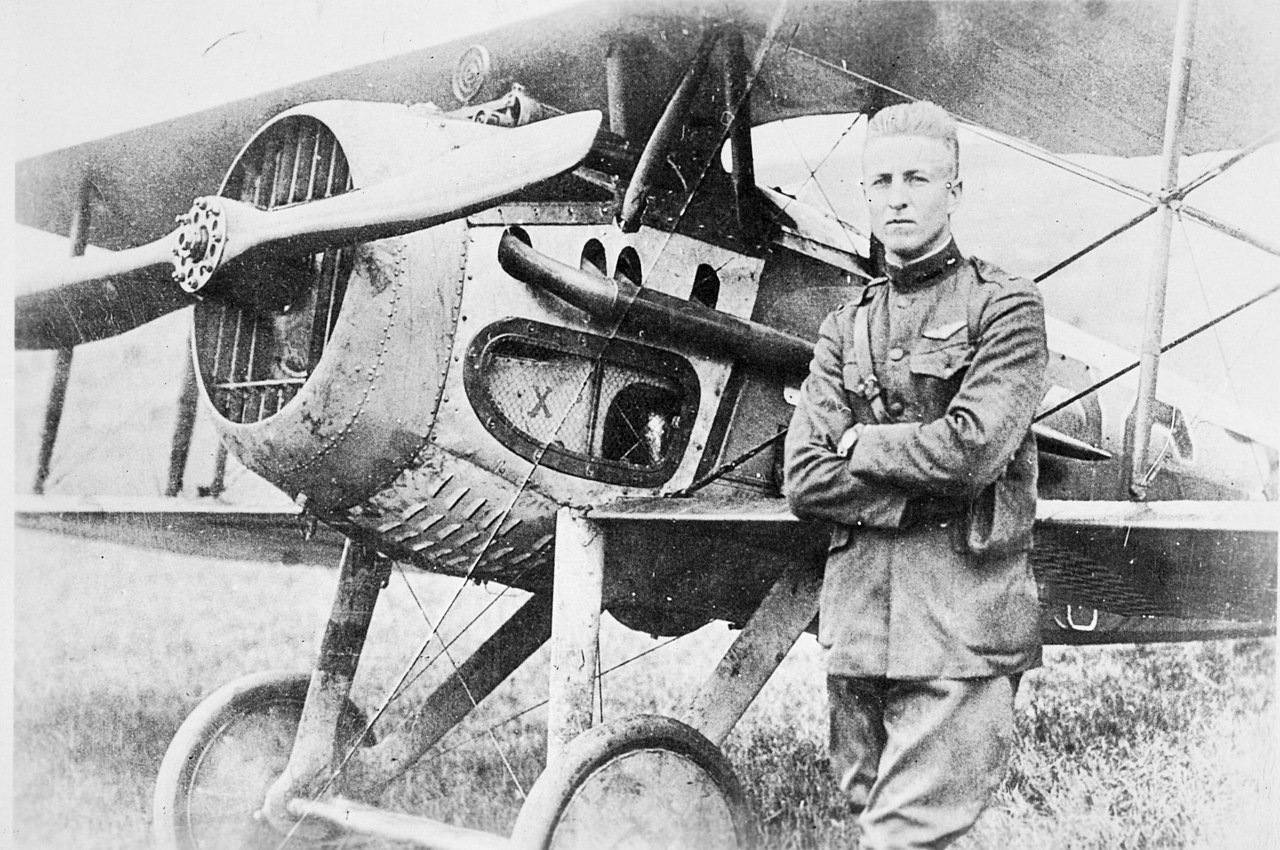 SDASM Archives, Wikimedia Commons
SDASM Archives, Wikimedia Commons
Lt Alan Jerrard
Alan Jerrard was flying over Italy in March 1918 when he came under fire. His plane was hit 163 times. Despite this, Jerrard carried on.

History's most fascinating stories and darkest secrets, delivered to your inbox daily.
Lt Col Philip Eric Bent
Lt Col Philip Eric Bent was a man of action. While under fire, he did not retreat, but he took charge. He collected a platoon that was in retreat and organized a successful counter-offensive despite the chaos around them.
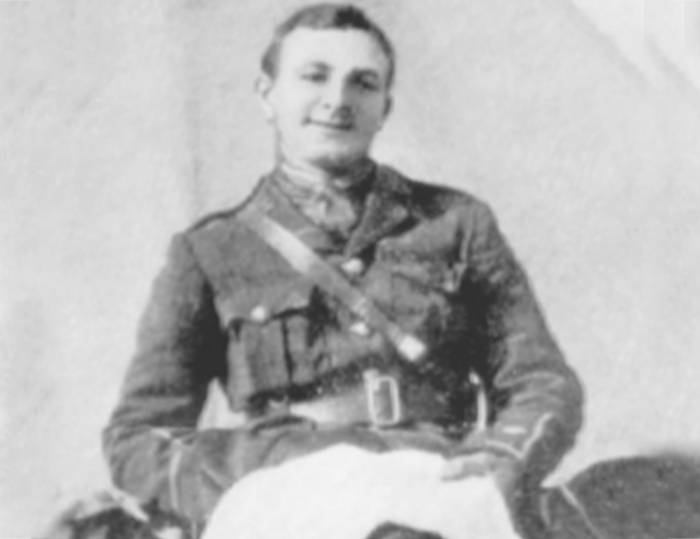 Unknown Author, Wikimedia Commons
Unknown Author, Wikimedia Commons
Henry Johnson
During WWI, the “Harlem Hellfighters” were among the first Americans to arrive in Europe. They were famous for their skill and passion. None are as famous as Henry Johnson.
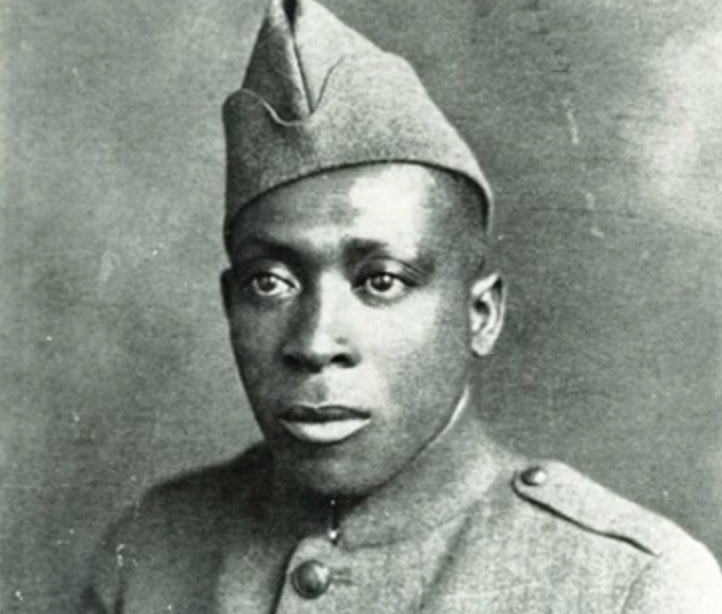 Unknown Author, Wikimedia Commons
Unknown Author, Wikimedia Commons
Henry Johnson
In May 1918, Johnson and fellow Hellfighter Needham Roberts were surprised by approximately 20 Germans. Both were quickly wounded; Roberts couldn’t stand or shoot. It was all on Henry Johnson.
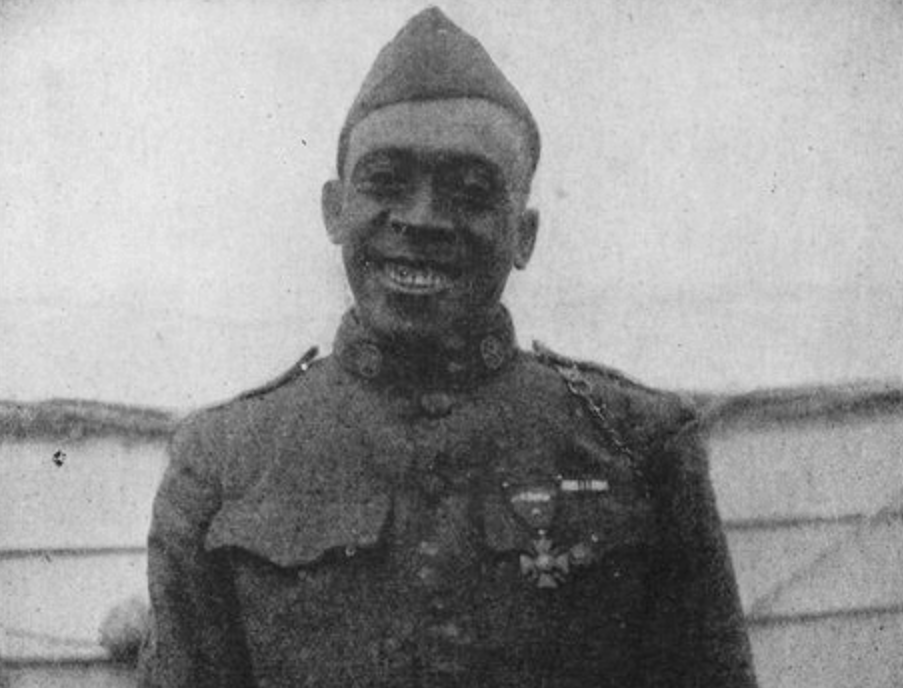 Kelly Miller, Wikimedia Commons
Kelly Miller, Wikimedia Commons
Henry Johnson
Johnson fought until his weapon jammed. He then turned to his club, fighting until it broke. Finally, he fended off the Germans with his last tool, a bolo blade. With just his bolo and his determination, he saved himself and Roberts.
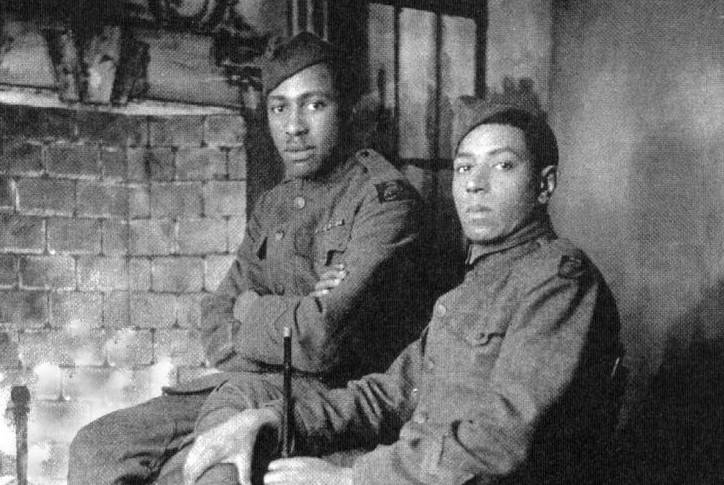 Unknown Author, Wikimedia Commons
Unknown Author, Wikimedia Commons
Baron Manfred Von Richthofen
Known as “The Red Baron”, Baron Manfred von Richthofen is likely the best-known flying ace around the world. He was credited with 80 hits before being taken down.
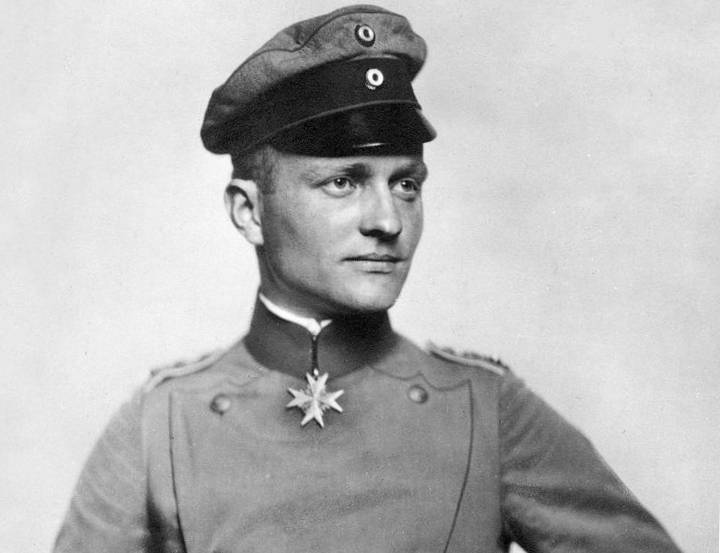 Nicola Perscheid, Wikimedia Commons
Nicola Perscheid, Wikimedia Commons
Edith Cavell
Edith Cavell signed up for the effort as soon as she could. She felt it was her duty. She made it clear she helped all wounded, no matter their nationality. She was executed by the Germans for saving others.
Lt Edward Donald Bellew
Lt Edward Donald Bellew received the Victoria Cross for his valor in battle. Despite being surrounded, he fought until capture. In his last moments before being surrounded, he smashed his weapon to avoid the Germans getting a hold of it.
 Canadian Govt, Wikimedia Commons
Canadian Govt, Wikimedia Commons
Charles Whittlesey
The odds were against Major Charles Whittlesey. In October 1918, he and his men became cut off, surrounded and isolated in enemy territory. Whittlesey and his men were on their own.
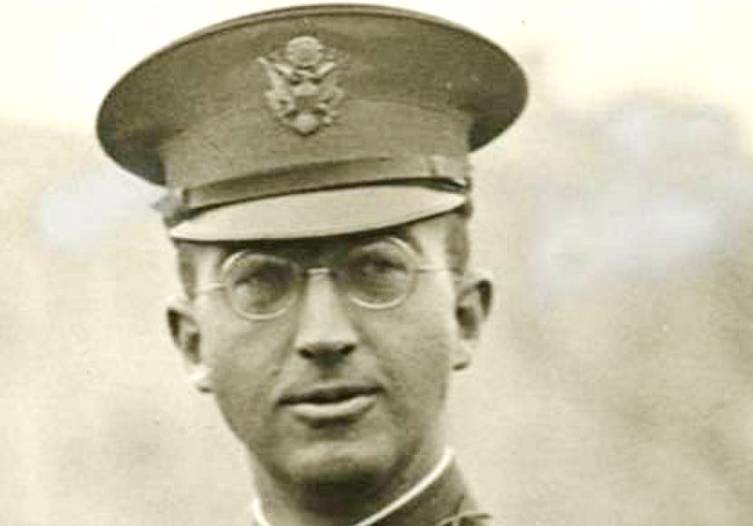 United States Army, Wikimedia Commons
United States Army, Wikimedia Commons
Charles Whittlesey
Having not intended to be trapped, they did not have the proper supplies. Still, Whittlesey held strong, refusing to surrender even when given the opportunity.
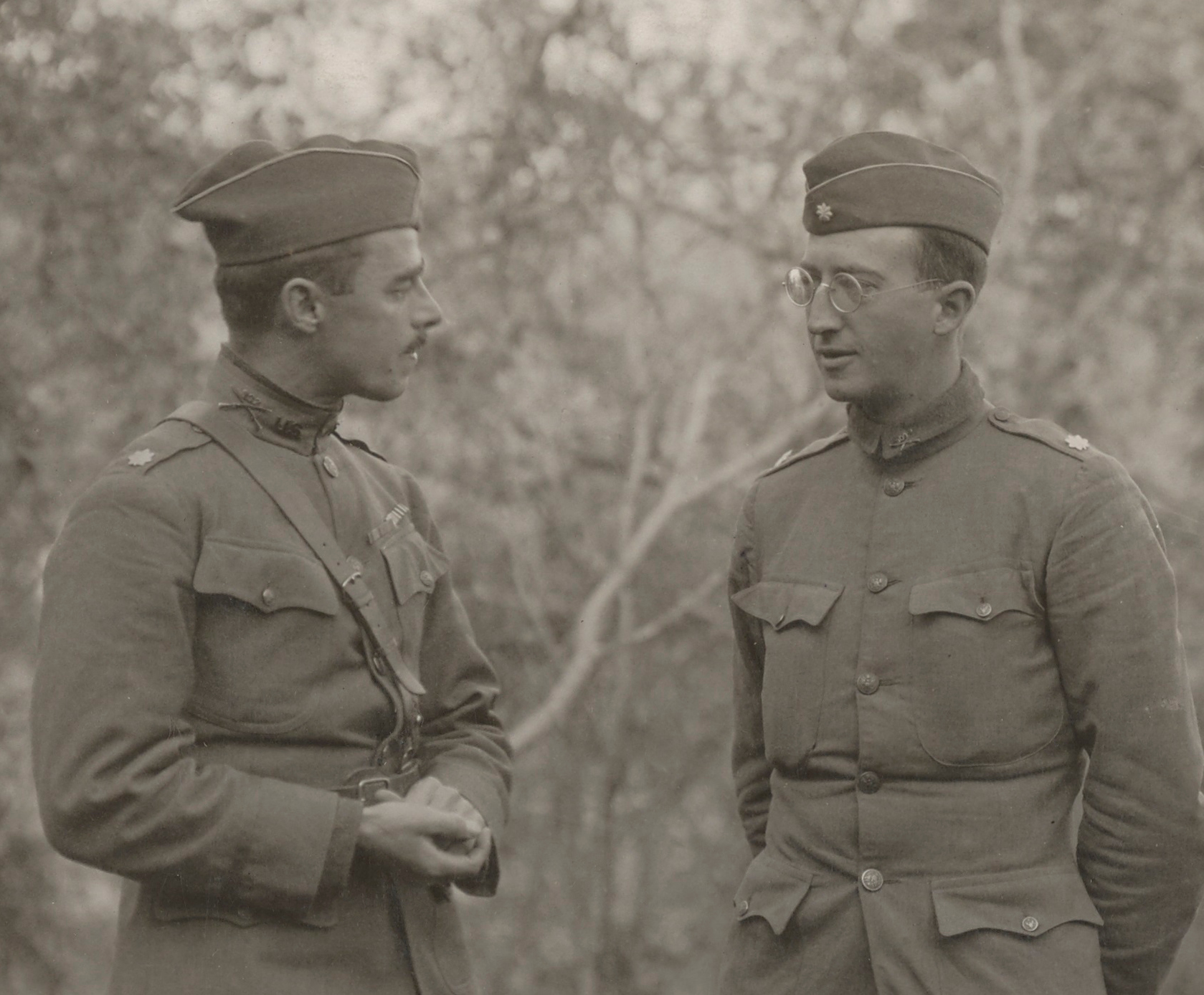 War Department. Army War College. Historical Section., Wikimedia Commons
War Department. Army War College. Historical Section., Wikimedia Commons
Anibal Milhais
Anibal Milhais is the most decorated Portuguese soldier of WWI. He single-handedly withstood two German assaults, coming out of them successfully.
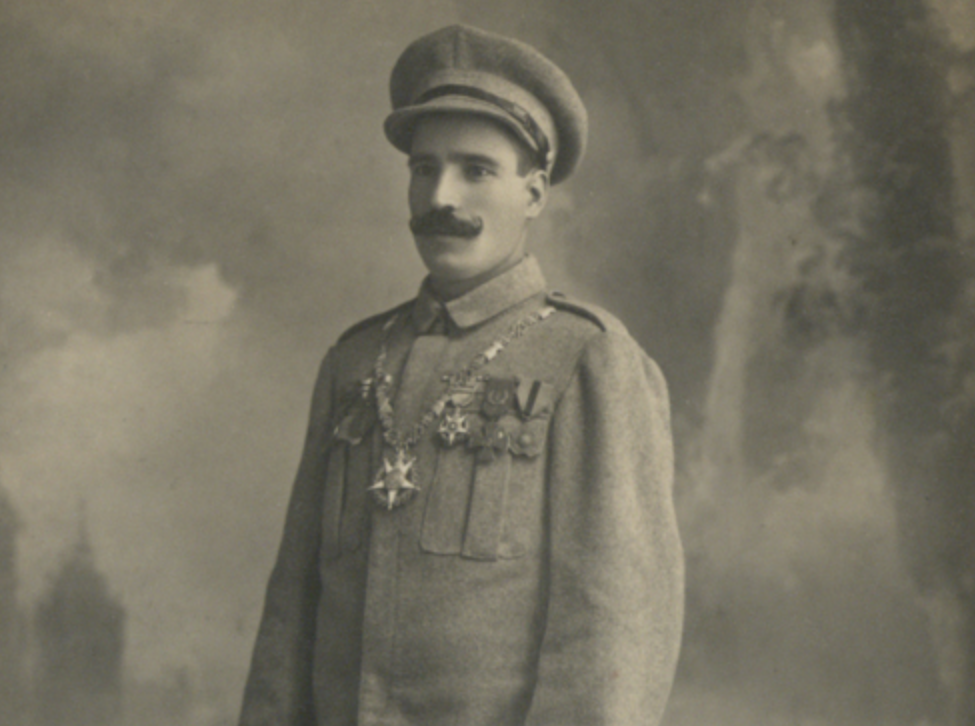 J. Fernandes (c.1900), Wikimedia Commons
J. Fernandes (c.1900), Wikimedia Commons
Captain Noel Chavasse
Only three people have been awarded the Victoria Cross twice, and only one person was awarded it twice during WWI. That man was Captain Noel Chavasse.
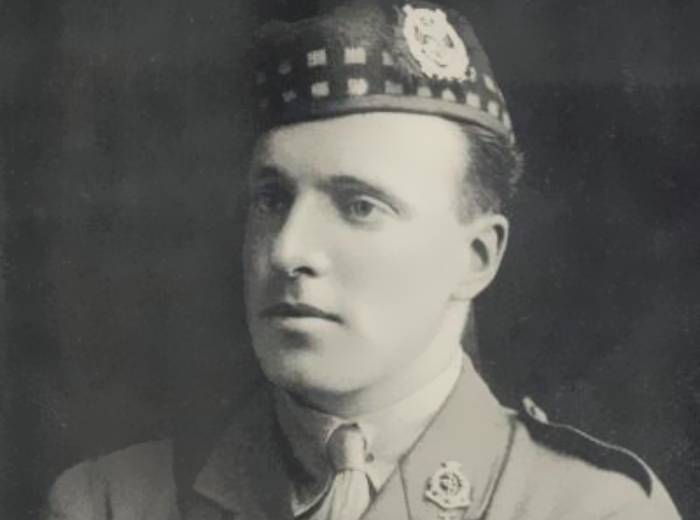 Unknown Author, Wikimedia Commons
Unknown Author, Wikimedia Commons
Captain Noel Chavasse
Chavasse was first awarded the Victoria Cross for valor during the Battle of the Somme. Despite being injured, Chavasse continued to fight, saving the lives of 20 men. It was a habit he’d continue to exhibit.
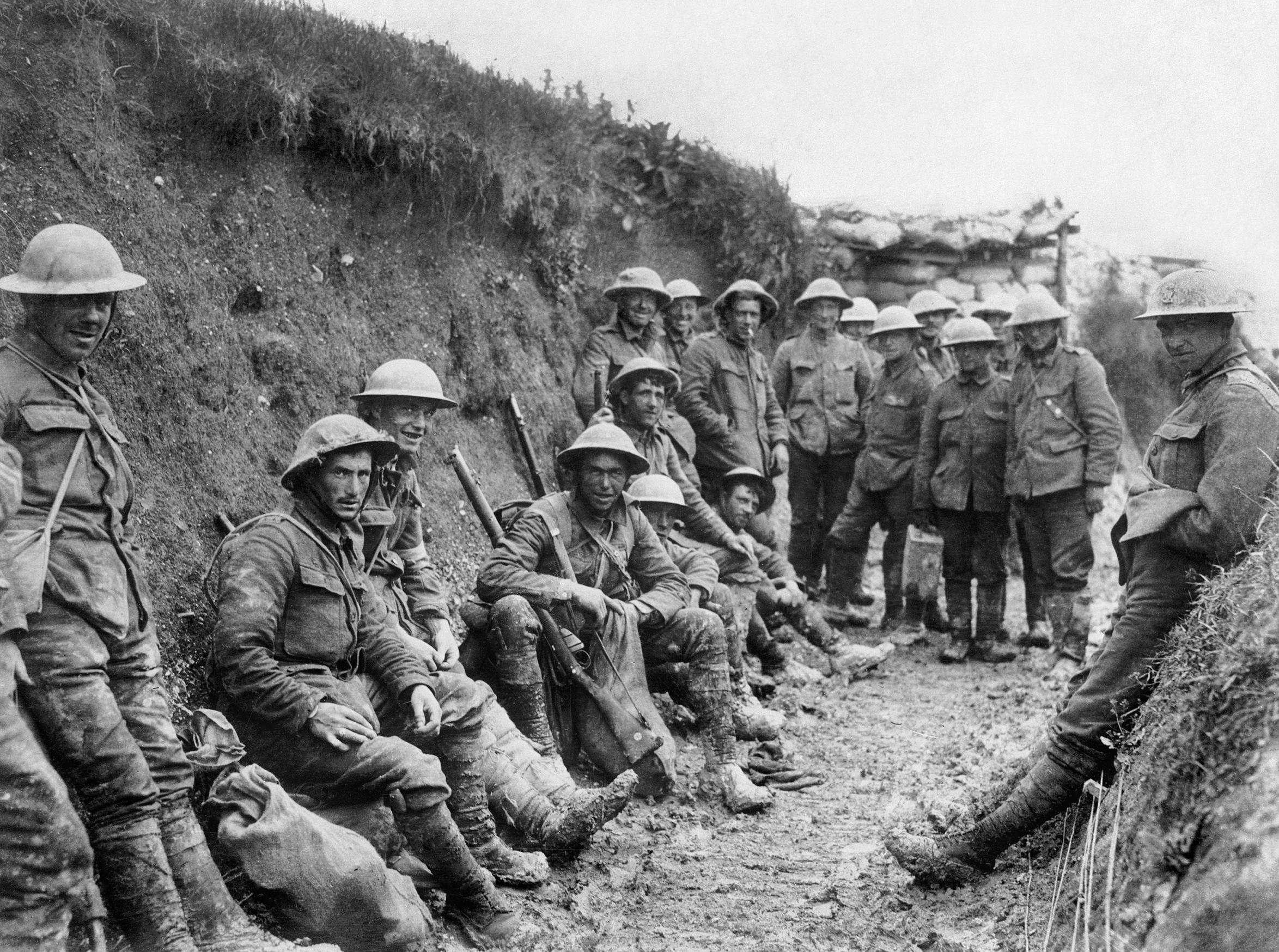 Royal Engineers No 1 Printing Company., Wikimedia Commons
Royal Engineers No 1 Printing Company., Wikimedia Commons
Captain Noel Chavasse
Chavasse would not survive his second heroics. During the battle of Passchendaele, Chavasse was again injured and again refused to stop fighting. He’d pass a few days later when his first aid post was hit.
 Hu Nhu, CC BY-SA 4.0, Wikimedia Commons
Hu Nhu, CC BY-SA 4.0, Wikimedia Commons
Cpl Colin Fraser Barron
Corporal Colin Fraser Barron made a distinction near Passchendaele. He took a group of German machine guns single-handedly, surviving himself while inflicting damage on others.
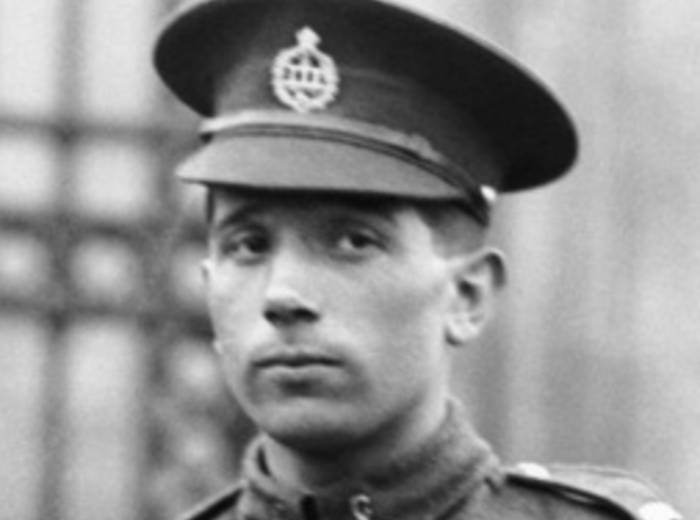 Unknown Author, Wikimedia Commons
Unknown Author, Wikimedia Commons
Edouard Izac
Edouard Izac was captured when his ship went down. What the Germans who captured him did know now was that Izac could speak German. They were dropping valuable information right in front of him.
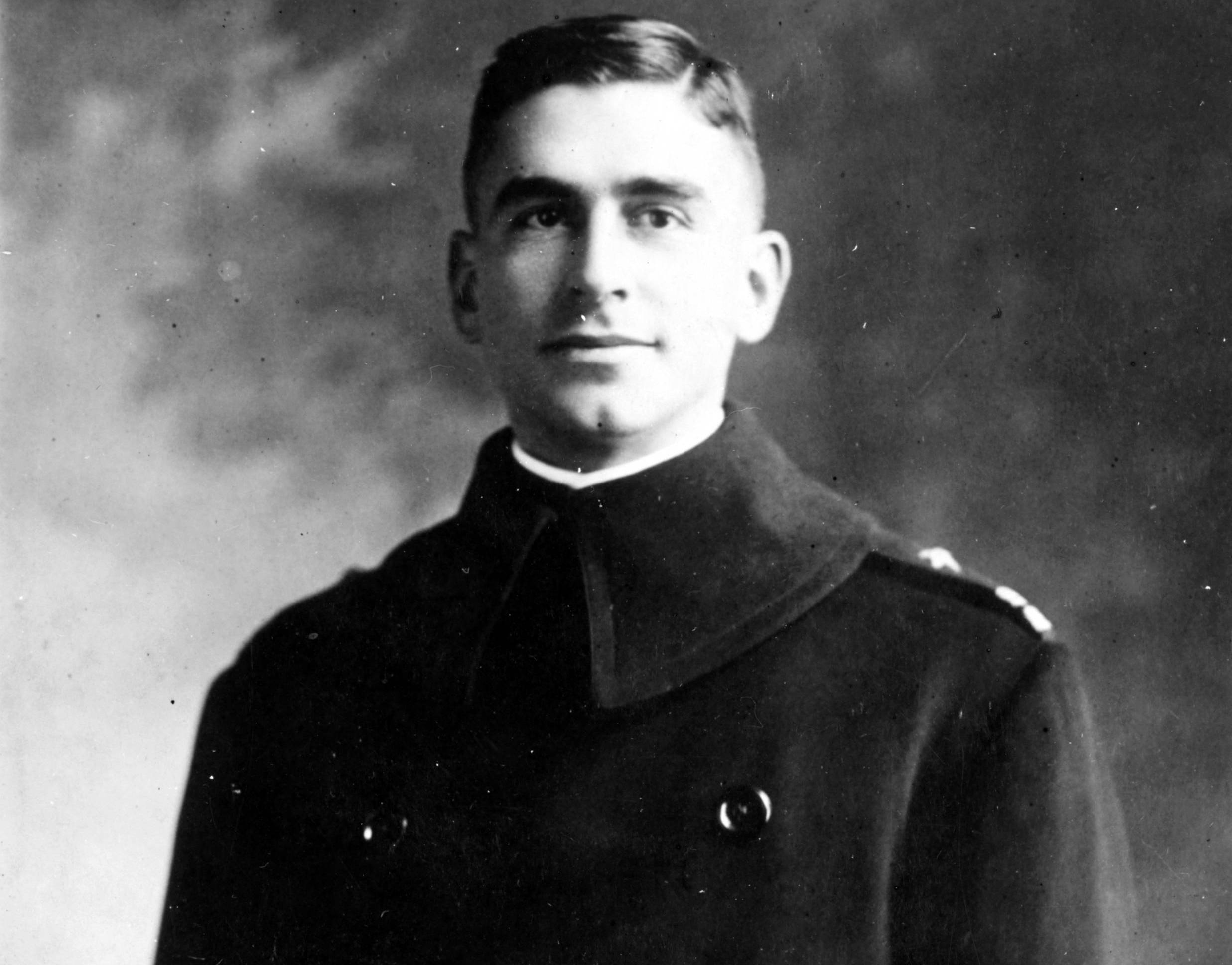 Harris & Ewing, Wikimedia Commons
Harris & Ewing, Wikimedia Commons
Edouard Izac
Izac was determined to ensure that he got this information home. He staged several attempts to break out of his POW camp, finally succeeding. He then spent days crawling through enemy territory to get back and share his information.
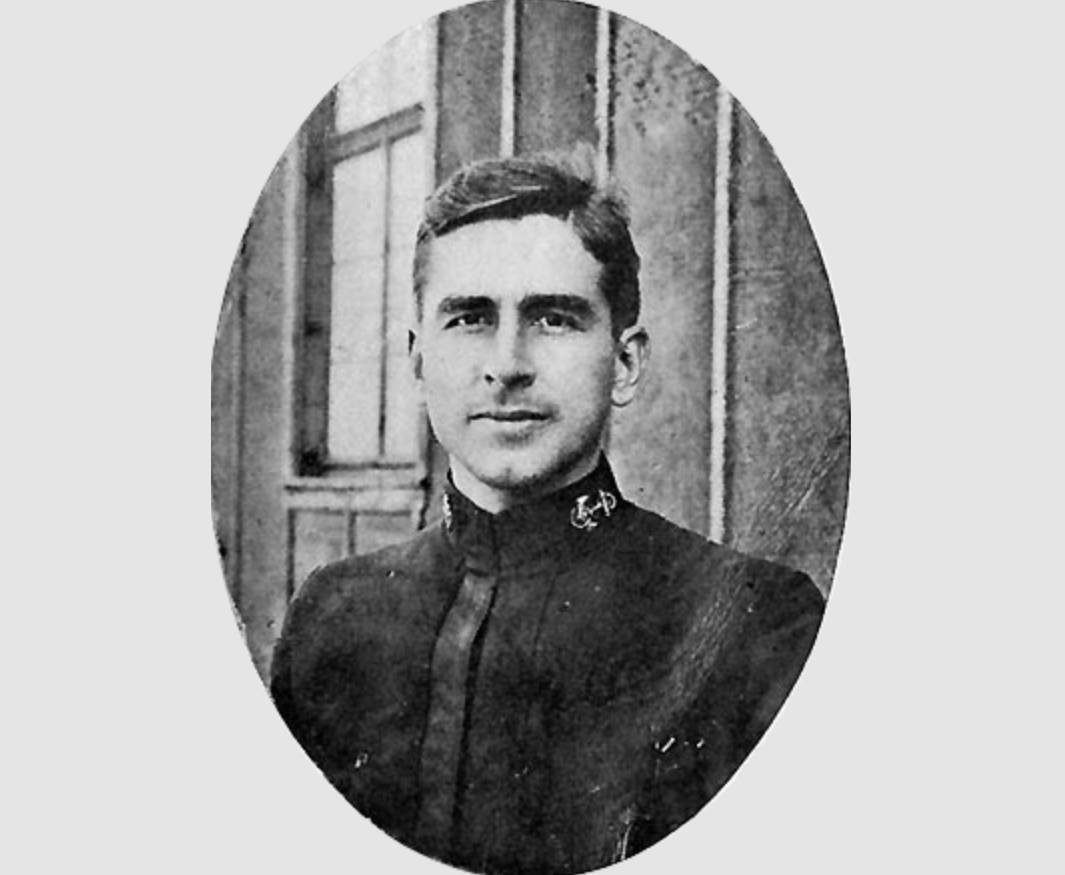 Navy Department Library, Wikimedia Commons
Navy Department Library, Wikimedia Commons
Ernst Udet
The Germans were known for their flying aces during WWI. After the famed Red Baron, Ernst Udet was their next great flyer.
 Unknown Author, Wikimedia Commons
Unknown Author, Wikimedia Commons
Elsie Maud Inglis
A qualified surgeon, Elsie Maud Inglis offered her services to the Royal Army Medical Corp… only to be told to go home. So Inglis did go home—though, she didn’t rest when she got there.
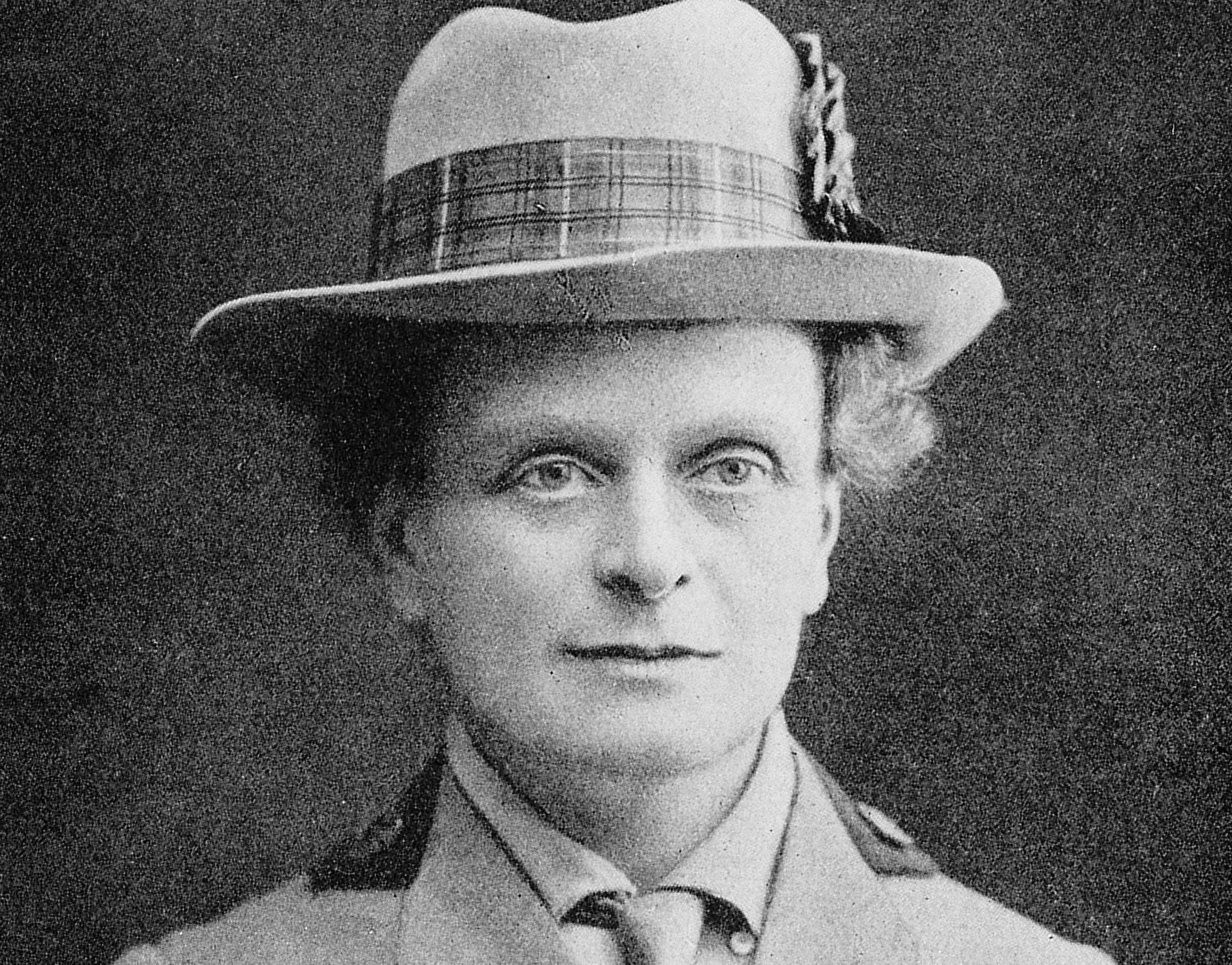 Lady Francis Balfour, CC BY 4.0, Wikimedia Commons
Lady Francis Balfour, CC BY 4.0, Wikimedia Commons
Elsie Maud Inglis
Inglis returned to Scotland and set up her own Women’s Hospital that provided nurses, doctors, cooks, and ambulance drives to any place in need. Hundreds of men were saved because Inglis didn’t back down.
 Unknown Author, CC BY 4.0, Wikimedia Commons
Unknown Author, CC BY 4.0, Wikimedia Commons
Lt Wallace Lloyd Algie
The biggest danger most fighters faced was artillery fire. During an advance, Lt Wallace Lloyd Algie charged ahead with nine men, disabling two enemy machine artillery, and clearing the way for his men behind him.
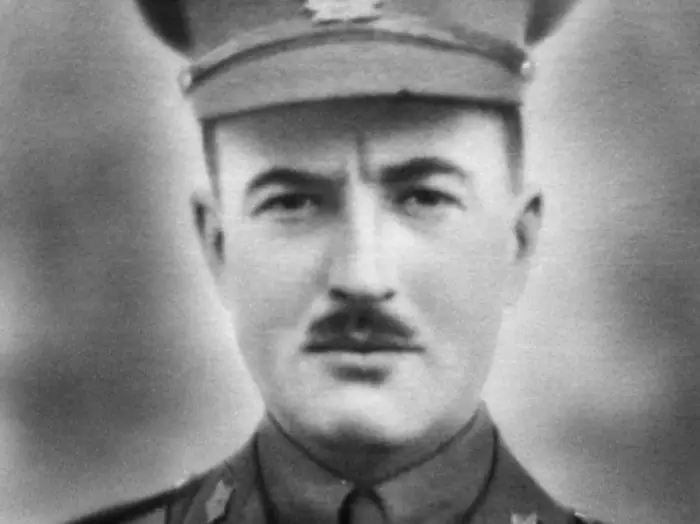 Unknown Author, Wikimedia Commons
Unknown Author, Wikimedia Commons
Dan Daly
Dan Daly was a decorated when WWI started. He’d won the Medal of Honor twice already. Daly knew no fear; he spent WWI constantly charging into dangerous situations to aid his fellow men.
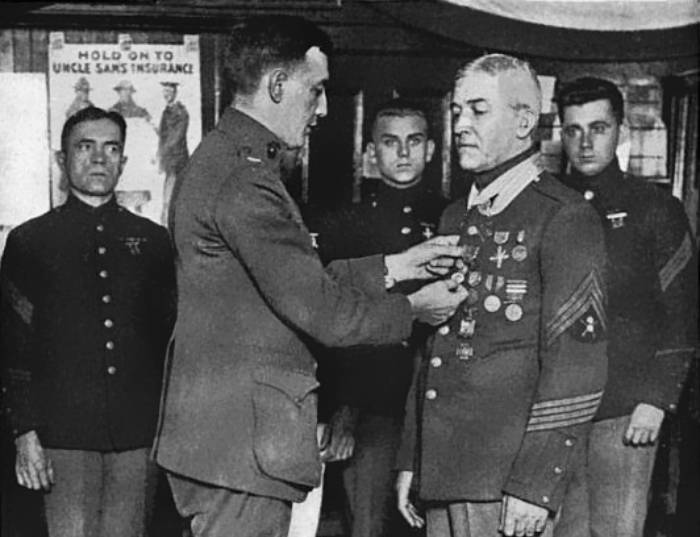 Underwood & Underwood, Wikimedia Commons
Underwood & Underwood, Wikimedia Commons
Lance Corporal William Coltman
Lance Corporal William Coltman took the phrase “leave no man behind” to heart. He went back into enemy territory three times to collect wounded men that had been left, before tending to them for the next 48 hours.
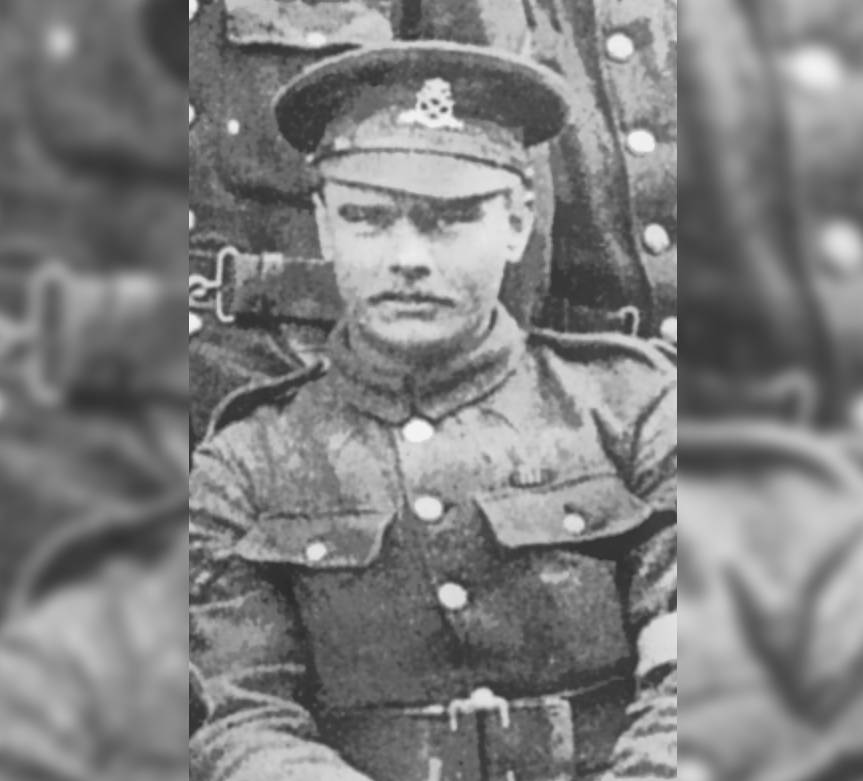 Unknown Author, Wikimedia Commons
Unknown Author, Wikimedia Commons
Lt Raymond Harvy Lodge Joseph De Montmorency
Lt Raymond Harvy Lodge Joseph de Montmorency was another man who did not leave anyone behind. He went back for a fallen soldier during battle, risking his own life to do so.
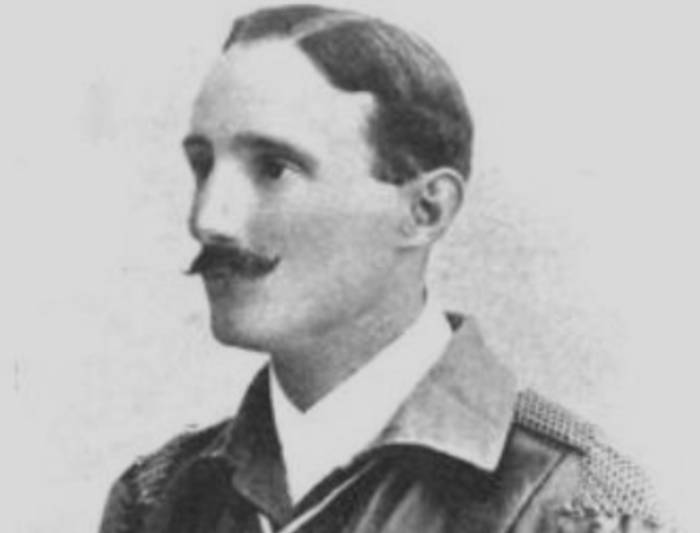 Charleton, Newbridge, Wikimedia Commons
Charleton, Newbridge, Wikimedia Commons
Lt Raymond Harvy Lodge Joseph De Montmorency
He also caught the eye of another famous figure: Sir Arthur Conan Doyle. Doyle once called him “one of the most promising of the younger officers of the British Army”.
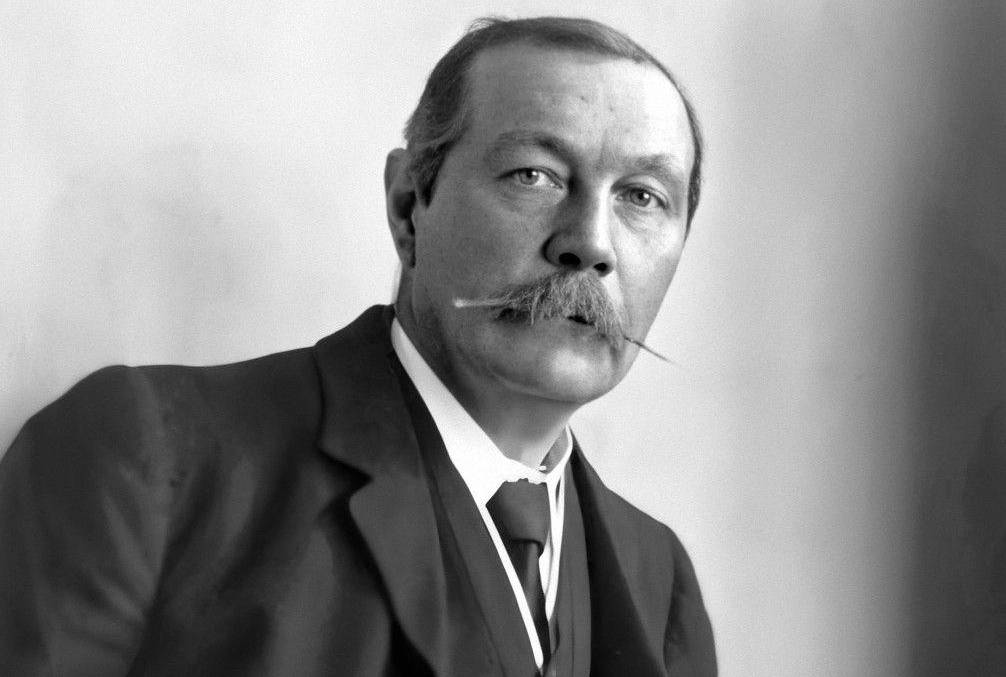 Walter Benington, Wikimedia Commons
Walter Benington, Wikimedia Commons
Mary O’Connell Bianconi
Mary O’Connell Bianconi was an ambulance driver who did not understand the definition of stop. In July 1918 she worked for hours, constantly under fire, to save the lives of the wounded.
Lt James Edward Tait
Lt James Edward Tait risked his life for his men. He encouraged them to move forward despite intense fire. When the enemy continued to cause casualties among his men, he charged them alone to stem the fire.
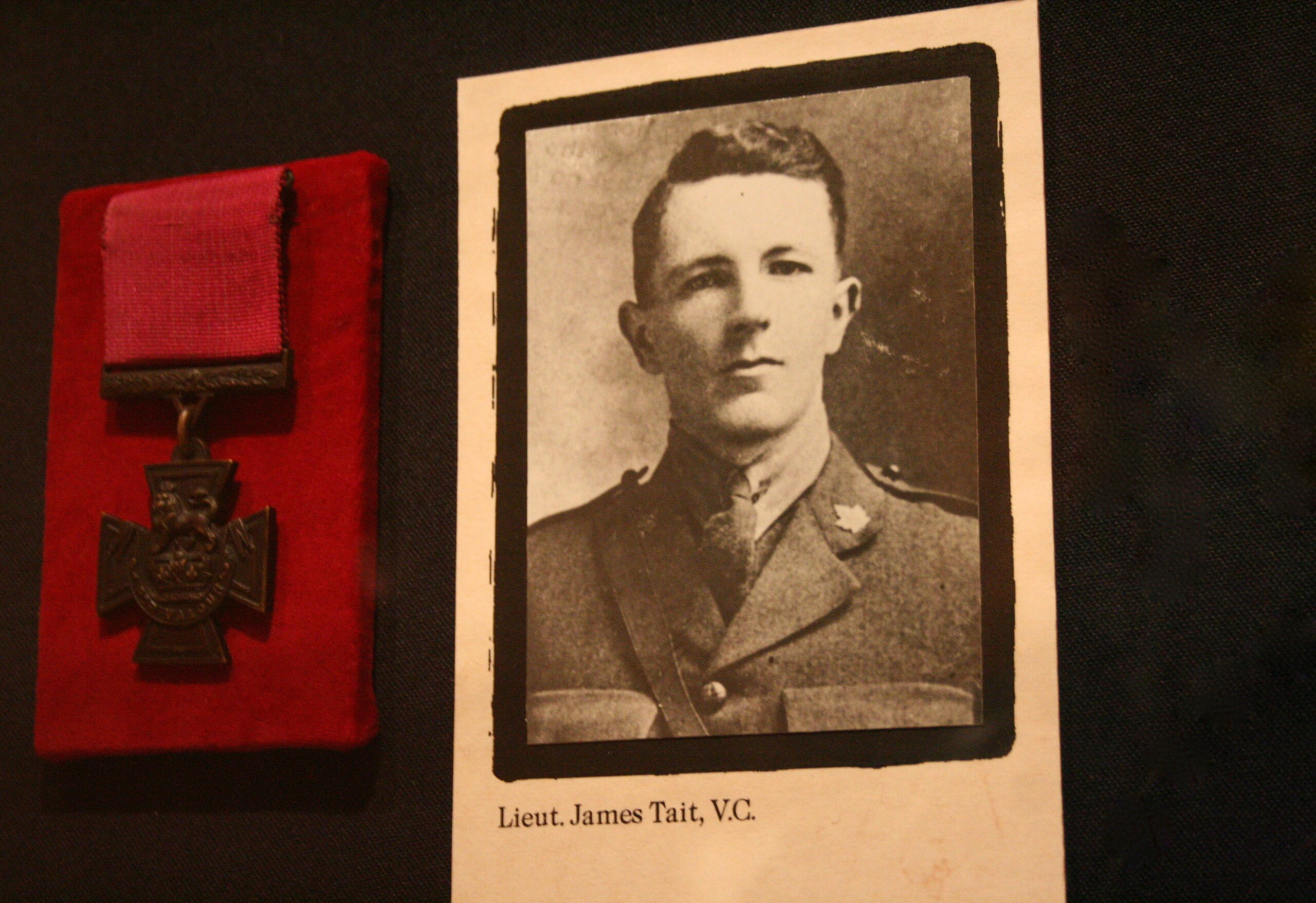 Rkonigs, CC BY-SA 4.0, Wikimedia Commons
Rkonigs, CC BY-SA 4.0, Wikimedia Commons
Lt Colonel William Barker
Lieutenant Colonel William Barker is known for taking part in what is often believed to be the most one-sided “dogfight” of WWI. He fought against a fleet of German biplanes, taking them on single-handedly.
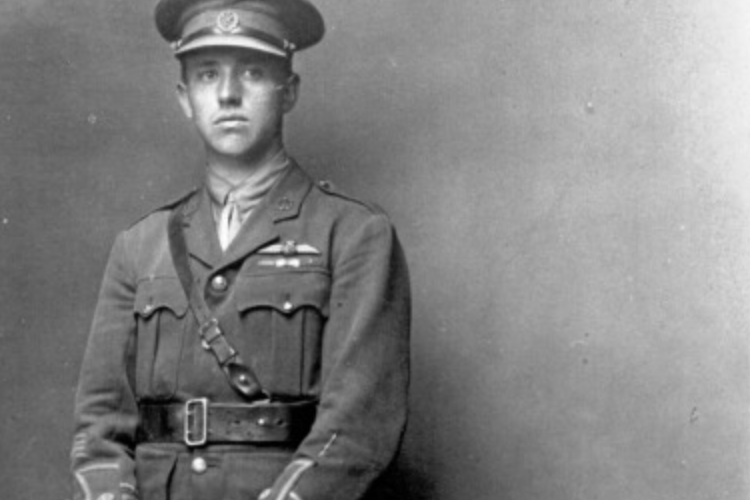 Unknown Author, Wikimedia Commons
Unknown Author, Wikimedia Commons
Lt Colonel William Barker
The odds were not on Barker’s side, but he didn’t back down. Despite being outnumbered, Barker took on a fleet of German biplanes, managing to hit four despite being shot himself.
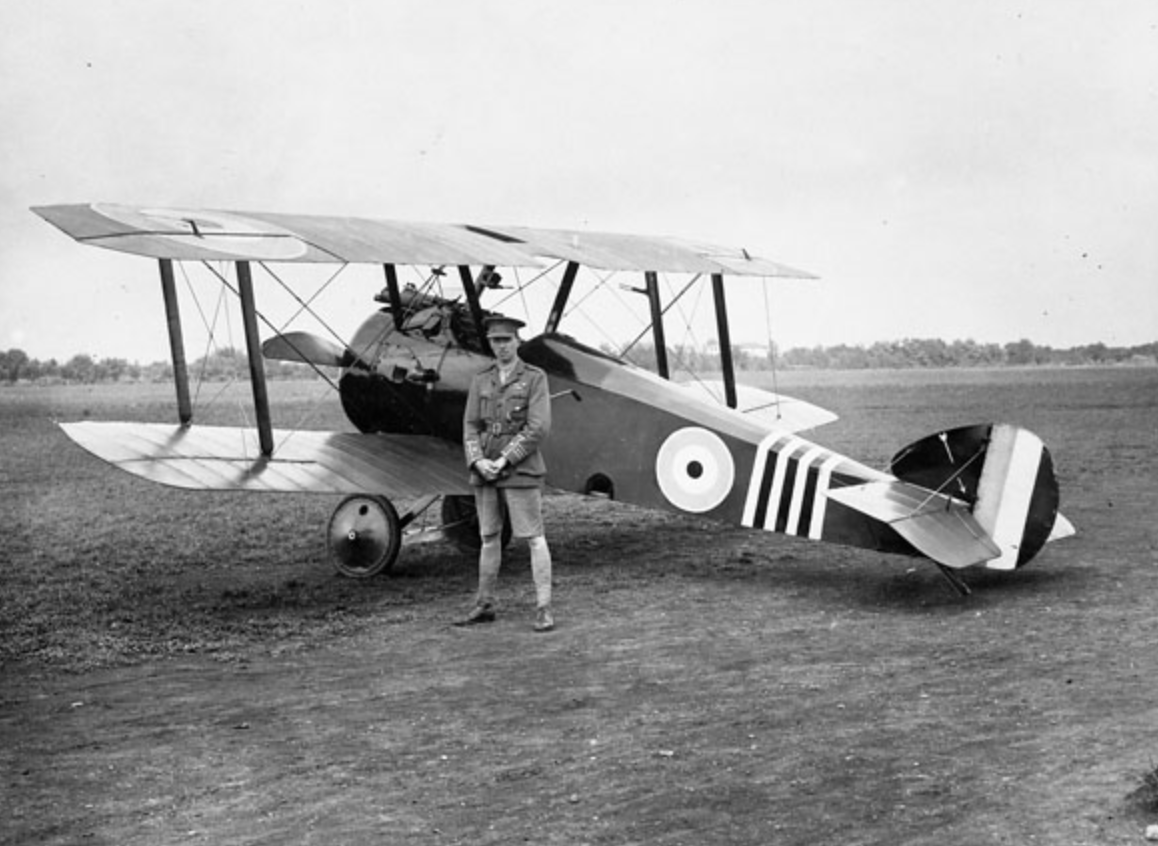 Unknown Author, Wikimedia Commons
Unknown Author, Wikimedia Commons
Pte James Peter Robertson
Pte James Peter Robertson took charge of his fellow men. They were under fire, and could not move forward. He charged a firing artillery, and overtook the crew himself, ensuring they could succeed.
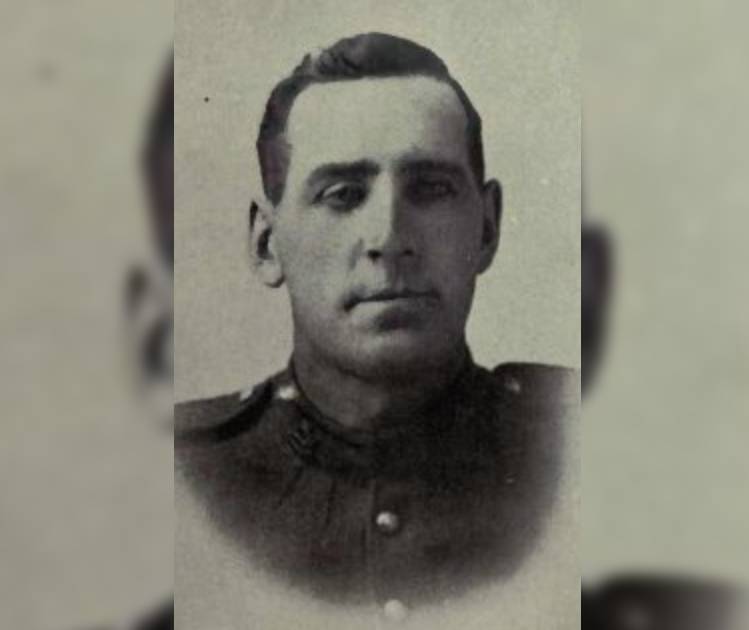 Unknown Author, Wikimedia Commons
Unknown Author, Wikimedia Commons
Pte James Peter Robertson
That wasn’t all. Pte Robertson didn’t leave anyone behind. He later went to rescue two wounded men; Robertson did not survive returning with the second man.
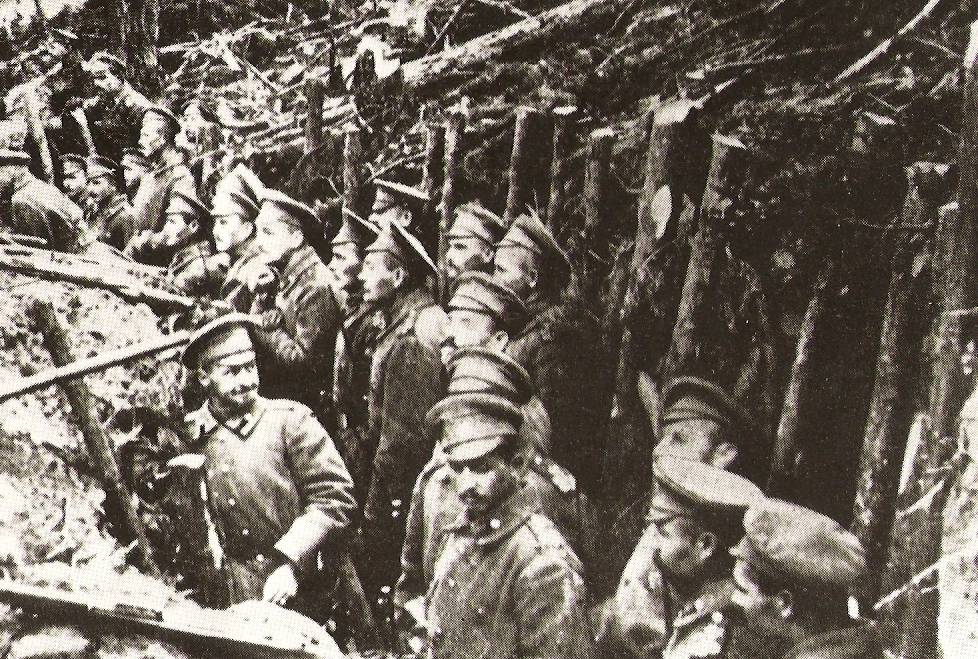 Unknown Author, Wikimedia Commons
Unknown Author, Wikimedia Commons
Lt Thomas Orde Lawder Wilkinson
Lt Thomas Orde Lawder Wilkinson did not leave men behind. After successfully covering his men’s movements, he made two attempts to save a wounded man. He perished on his second attempt.
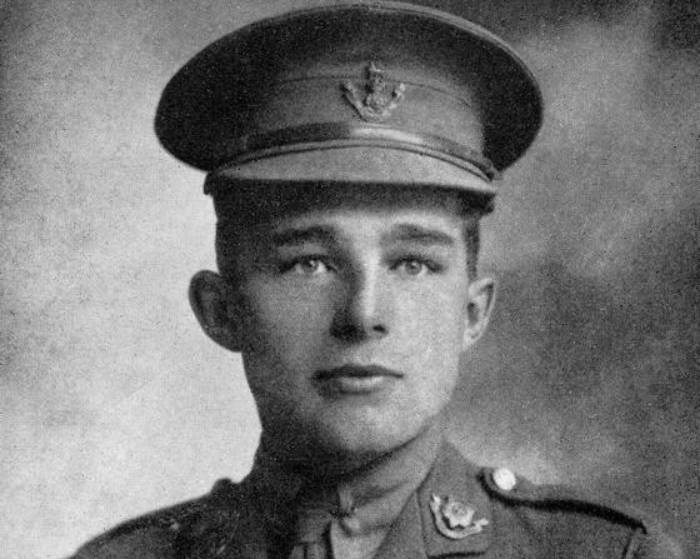 Unknown Author, Wikimedia Commons
Unknown Author, Wikimedia Commons
John “Jack” Cornwell
Jack Cornwell is the youngest man to be awarded the Victoria Cross during WWI. He remained at his post, despite being severely wounded and under fire. He was only 16 years old and would pass due to those wounds.
You May Also Like:
The Forgotten Heroes Of World War II
The Incredible Story Of “The White Death”, The World’s Deadliest Sniper
The Untold Story Of The “Night Witches”, WWII’s Forgotten Flying Aces


